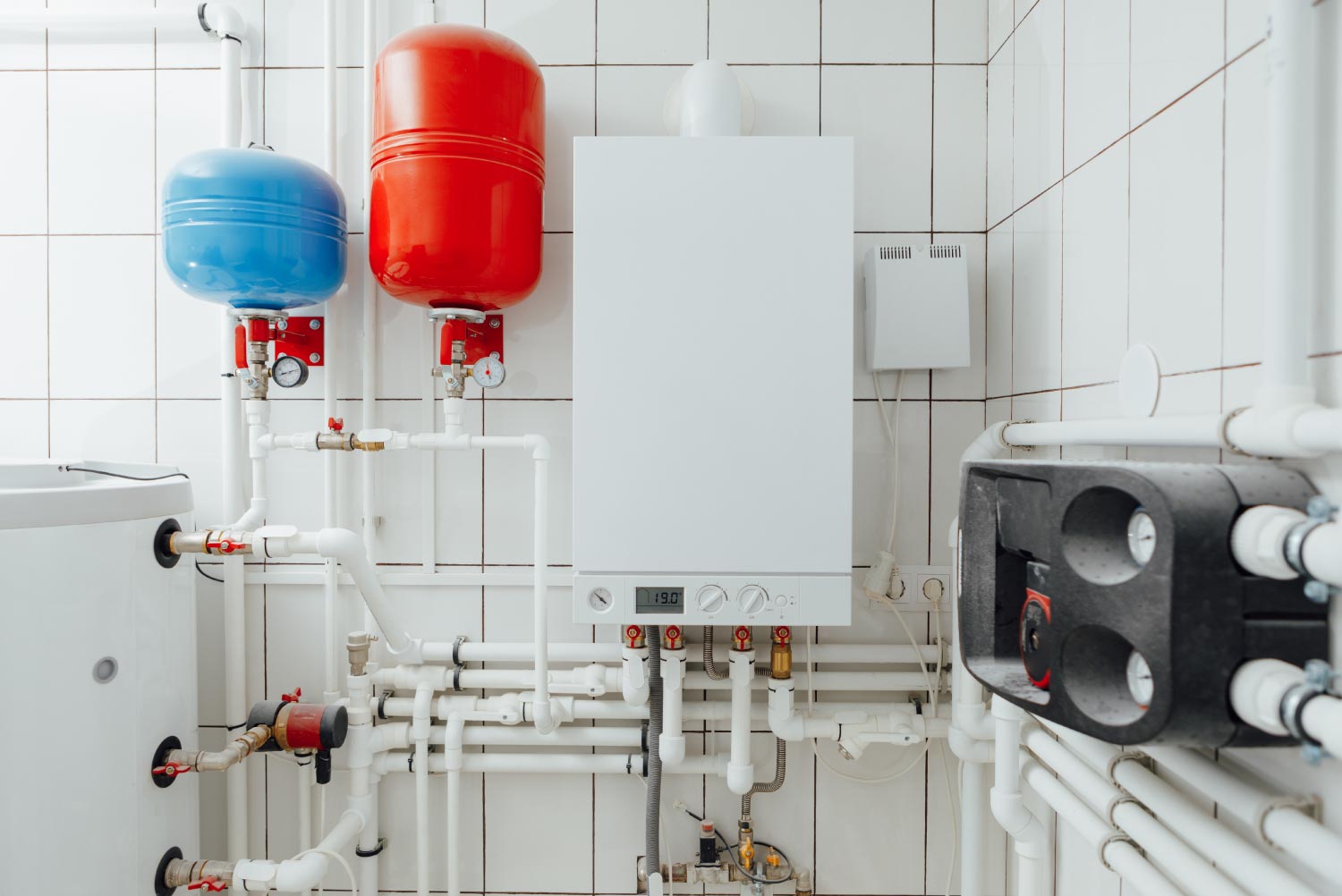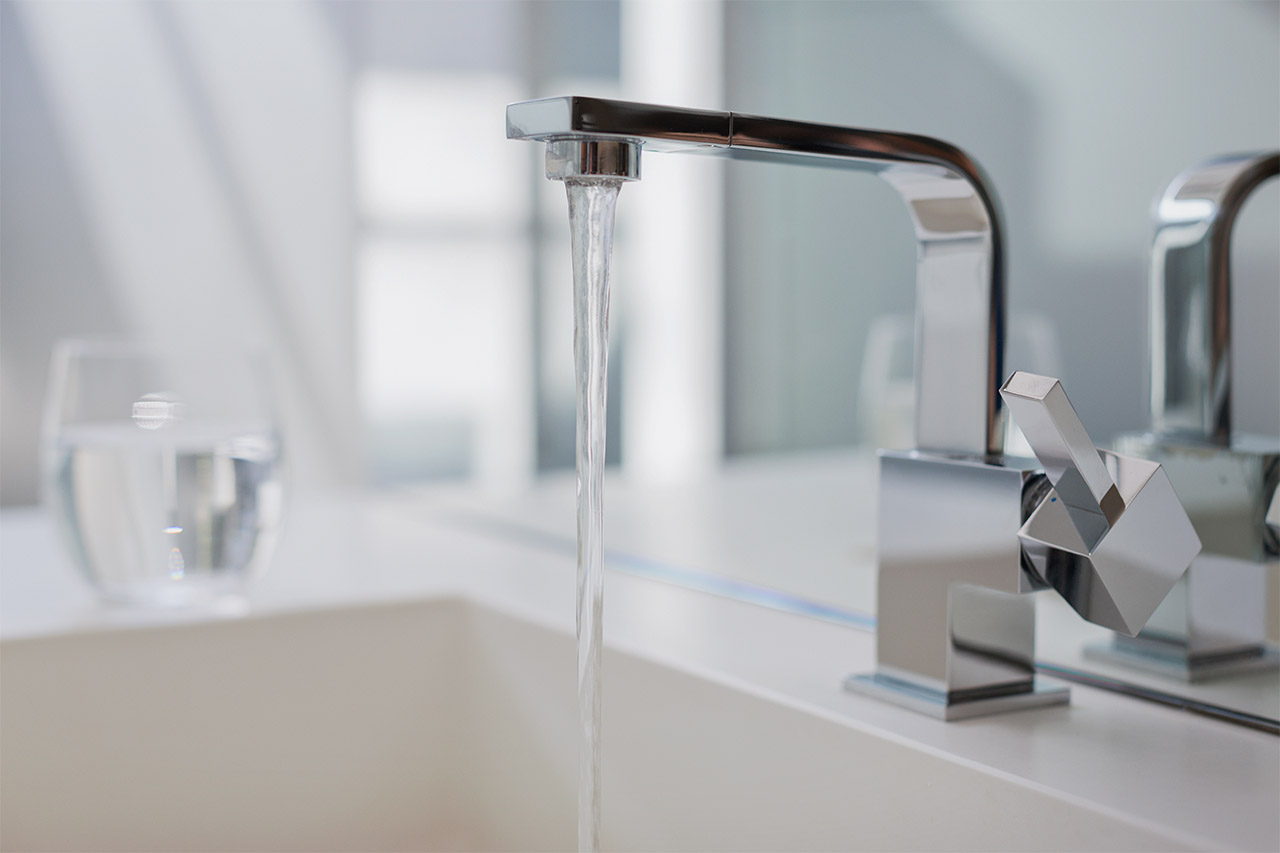
Tankless water heater repair costs vary depending on labor rates, the type of repair, your local rates, and other factors.
Replacing a sewer line costs an average of $3,319


On average, sewer line replacement costs between $1,388 and $5,323, with an average of $3,319.
Factors like line length, depth, accessibility, trenching needs, and pipe materials will affect your total cost.
Timely sewer line repair helps you avoid sewage backups, property damage, health hazards, and costly future repairs.
Hiring a professional plumber ensures the job is done safely, complies with local codes, and protects your health.
This article was updated using automation technology and thoroughly reviewed for accuracy by HomeAdvisor Editor Ryan Noonan.
Sewer line replacement falls within an average range of $1,388 to $5,323, with most homeowners spending $3,319 on average. Factors like your location, pipe materials, and professional expertise can impact the final price. Hiring a pro ensures safety and compliance, helping you avoid costly mistakes and protecting your home from potential hazards.
How much you’ll pay to replace your sewer line depends on a variety of factors. Here’s a closer look at how your costs break down.
Ease of access is one of the biggest cost factors. For example, costs increase when trenching and demolition are needed to access hard-to-reach pipes and lines. In addition, you’ll see your quote rise for each linear foot between your home and the sewer to cover labor and materials. Restorative work like driveway repairs and sodding can also indirectly increase project costs.
Another big cost factor comes down to repair versus replacement. While removing clogs or replacing parts can resolve some sewer backups, others require partial or complete line replacements. Finally, repairing high-end options like copper piping can actually double the cost of plastic pipe repairs.
When replacing an aged-out or damaged sewer line, the cost varies based on line length and placement.
| Replacement Type | Average Cost per Linear Foot |
|---|---|
| Complete | $60–$250 |
| Partial | $50 |
| CIPP Lining | $90–$250 |
| Burst Pipes | $60–$200 |
Replacing your main sewer line costs an average of $2,600, but most homeowners spend between $1,388 and $5,323. If your sewer line runs a longer distance or requires trenching, the price can increase significantly. A large portion of the cost comes from digging trenches for the pipes.
If your basement line is trenchless, replacement costs will range from $60 to $250 per foot, including materials and labor. This option requires less manual labor, so if it’s a viable option, you’ll likely save on labor costs while keeping more of your floor intact.
However, trenchless replacements are sometimes unavailable if the pipe has completely collapsed. Accessing the pipe requires excavation, costing between $400 and $1,200 per 100 linear feet.
Expect an additional $300 to $350 per foot when trenching under a slab. This additional cost will help cover the need to break up the concrete, which can take time.
Sewer trap replacement costs between $1,500 and $3,000. If your sewer line runs a longer distance or requires trenching, the price can increase significantly. A large portion of the cost comes from digging trenches for the pipes.
The three most common pipes used for sewer lines today are PVC, ABS, and copper. A plumber can recommend the best option based on cost, performance, house style, and terrain considerations. Here's a breakdown of costs per linear foot.
| Pipe Material | Average Cost per Linear Foot |
|---|---|
| PVC | $4.50 |
| ABS | $6 |
| Copper | $85 |
| Cast Iron | $50 |
Trenchless options are possible if you don’t have a collapsed pipe. This method is less invasive and costs $60 to $250 per foot. Two trenchless systems are available:
CIPP lining: $90 to $250 per foot. A plumber needs only one excavation point to access and pull an epoxy-saturated liner through the existing pipes.
Pipe-bursting: $60 to $200 per foot. The process involves using a pneumatic or hydraulic head to break up existing piping.
Expect nearly any sewer line project to begin with a video sewer inspection, which costs $100 to $500. Opting for a visual can save you thousands by ensuring the right diagnosis.
Plan for added costs to cover site prep and post-project cleanup whenever sewer line work is on the schedule.
In addition to parts and labor costs directly related to pipes and lines, plumbers may also charge for ground excavation to access the sewer line at a rate of $30 to $70 per cubic foot.
While not every sewer line repair or replacement will require trenching, homeowners can expect trenching costs to reach $4 to $12 per linear foot. The rate can increase sharply if the main sewer line is deeper in the ground than normal. In addition, if contractors have to dig around utilities on the property, they’ll likely need to dig by hand and quote extra labor fees.
If you need to repair your landscape or hardscape, anticipate spending between $1 and $25 per square foot, depending on the type of repair. Here are some common repair costs:
Landscaping: $4.50 to $12 per square foot
Yard leveling: $1 to $2 per square foot
Concrete driveway repair: $1 to $25 per square foot
Asphalt driveway repair: $1 to $15 per square foot
Deck repair cost: $30 to $60 per square foot
Removing old pipes: $250
Even though your sewer system is mostly underground, it can still suffer from various damages, both major and minor. No matter the issue, repairing your sewer line is an intensive job that requires professional expertise to prevent dangerous and messy sewage overflows.
If your sewer pipe is broken or cracked, repairing it costs between $600 and $1,050. However, it often makes more sense to replace the damaged pipe instead of repairing it. Replacing ensures sewage doesn't enter your home and can be more cost-effective when considering the time and effort required to access the pipe.
If tree roots disrupt a sewer line, expect to pay between $100 and $500 for a video inspection to identify the issue. Removing tree roots from a sewer line costs between $100 and $600 for a standard intrusion. If a plumber determines that the damage is more serious than normal, they may recommend replacing part of the sewer line.
If your sewer line has collapsed, replacing the damaged portion is the only safe option. Partial sewer line replacements range from $50 to $250 per foot. While most homeowners only need to repair small portions of a damaged sewer line, your pro may recommend a full line replacement for extensive damage.
When you can unclog a line without replacing the pipe, the cost to unclog a sewer line ranges from $200 to $300, though it can reach up to $1,000 or more for severe or hard-to-access clogs.
Consider these cost-saving strategies to make your sewer line project more budget-friendly:
Choose a trenchless approach, if possible. This minimizes disturbances to your yard so you can avoid landscaping repair costs/
Ask your sewer line contractor if replacing partial sections is a suitable option for your specific situation. This may save you from a full-scale replacement.
Obtain at least three quotes from sewer line pros to ensure competitive pricing.
Repairing or replacing a sewer line is a complex job best left to professional plumbers. Attempting a DIY repair can expose you to serious health risks from hazardous waste and may lead to significant property damage if done incorrectly. Hiring a local sewer repair plumber ensures the work is done safely, complies with local codes, and protects your home.
No place is more important than your home, which is why HomeAdvisor connects homeowners with local pros to transform their houses into homes they love. To help homeowners prepare for their next project, HomeAdvisor provides readers with accurate cost data and follows strict editorial guidelines. After a project is complete, we survey real customers about the costs to develop the pricing data you see, so you can make the best decisions for you and your home. We pair this data with research from reputable sources, including the U.S. Bureau of Labor Statistics, academic journals, market studies, and interviews with industry experts—all to ensure our prices reflect real-world projects.
From average costs to expert advice, get all the answers you need to get your job done.

Tankless water heater repair costs vary depending on labor rates, the type of repair, your local rates, and other factors.

Discover what impacts the cost of replacing a home plumbing stack, from materials and labor to DIY vs. professional installation considerations.

HomeAdvisor’s Bathtub Faucet Repair or Replacement Cost Guide explains how much tub faucets cost. Find out what factors affect the final price.

HomeAdvisor's Drinking Fountain Cost Guide explores the price for units and labor. Find the cost of water fountain installation in indoor and outdoor spaces.

The average toilet price is $500. Find out how to get the best price on toilets and toilet bowls and compare prices by type and brand.

Discover the cost to replace drain pipes in a house based on common cost factors such as the pipe type, location, labor fees, and additional repairs.